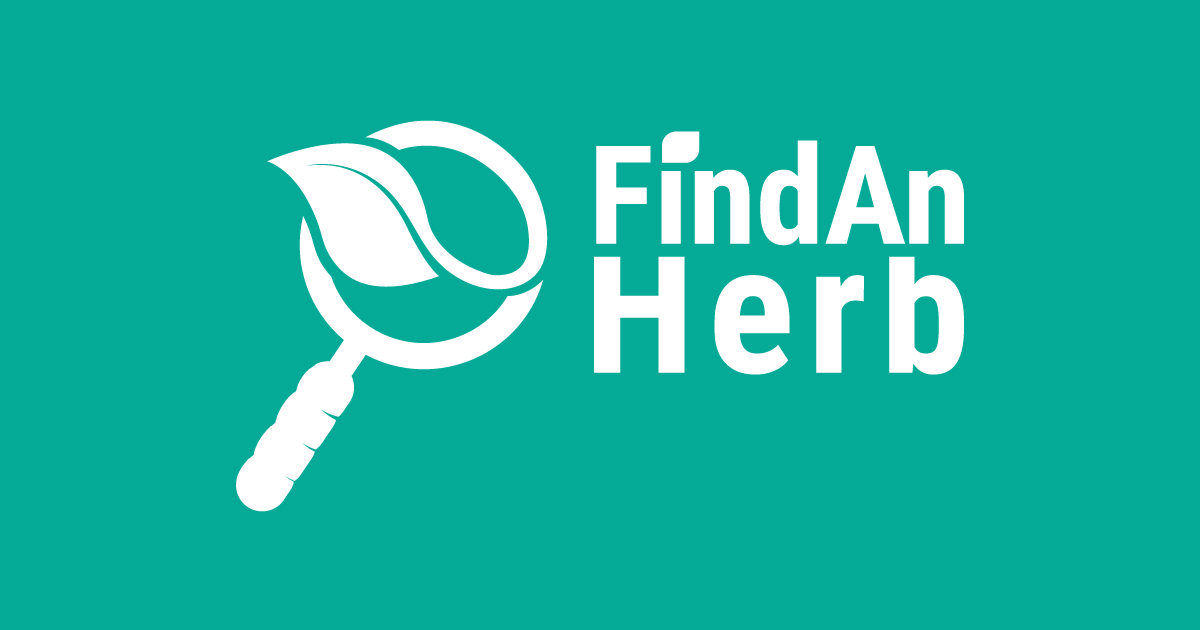


Buchu is a South African herbal treatment used as a stimulant and diuretic to treat stomach issues. It is used as a urinary antiseptic, diuretic, to treat inflammation, and as a stomach tonic in Western medicine. It treats various urinary tract infections (UTIs), digestive problems, and cystitis. Treatment for gout, prostatitis, urethritis, and cystitis are among its further uses. Moreover, it is used to treat irritable bladder and prostatitis. Buchu has a distinct flavor and aroma that some have compared to a blend of rosemary, peppermint, and blackcurrant.
Read more...
History & Folklore
Buchu is a traditional South African remedy which was taken as a stimulant, diuretic, and to relieve gas complaints. In Britain, buchu was first introduced in 1790 and becamee an official medicine in 1821.
Habitat & Cultivation
Bachu is a plant that originated in South Africa and is now spread over much of South America. The herb needs well-drained soil and lots of sunlight and is cultivated from cuttings in the late summer. The leaves are collected in the summer when the plant blossoms or bears fruit.
Uses
Traditional remedy used as a general stimulant and a diuretic; also taken as a carminative, helping to relieve gas and bloating
Early Western uses Buchu became an official medicine in 1821 Britain as an effective remedy for cystitis, urethritis, nephritis, and catarrh of the bladder
Modern urinary treatment commonly prescribed for urinary tract infections (UTIs); effective in ccuring acute cystitis; taken for prostatitis and irritable bladder; antiseptic effect to the urinary system
Gynecological uses useful in treating cystitis, urethritis, and yeast infections; used as a douche for white vaginal discharge; uterine stimulant and contains pulegone
Parts used
Leaves contain volatile oil acting as an antiseptic, harvested in summer and used in preparations for urinary tract infections
Key Actions
Urinary antiseptic
Diuretic
Uterine stimulant
Constituents
Volatile oil (1.5%-2.5%)
View References
References
- Chevallier, Andrew, FNIMH; Encyclopedia of Herbal Medicine - 550 Herbs and Remedies for Common Ailments; 3. Edition 2016; ISBN: 978-0-2412-2944-6 page 71
No Remedies found containing Buchu
Products with Buchu
No reviews found for Buchu
1 star
0%
2 star
0%
3 star
0%
4 star
0%
5 star
0%
Help others by leaving a review
Share your experience with this herb to help other people